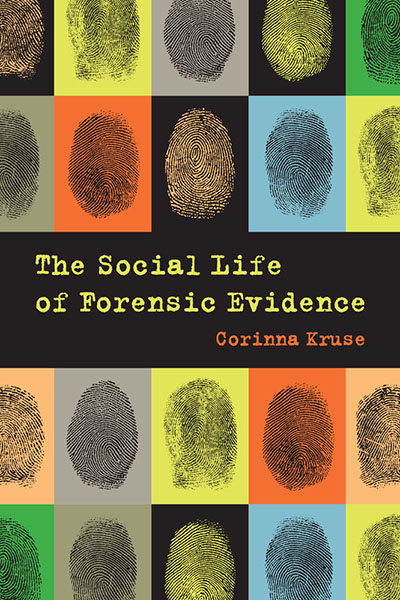In The Social Life of Forensic Evidence (UC Press, 2015), Corinna Kruse traces how Swedish forensic scientists remove objects and traces from a crime scene, transforming them into evidence in labs and through interactions with court officials. This is a story of how evidence is made in anticipation of court procedures, and how in the process, different actors deal with the vulnerabilities inherent to this making. Interview by Ilana Gershon.
Ilana Gershon: How did you get the idea to study forensic evidence and how it circulates from crime scene to court?
Corinna Kruse: It was from a curiosity that grew over several years, first sparked off by a rather off-hand remark from one of my interlocutors in a previous project. Then, I was studying genetic research practices and was intrigued by how painstakingly and carefully the laboratory staff managed uncertainty—uncertainty being inevitable when dealing with biological material. She said if I thought they were being careful, I should see how the people at the Swedish National Laboratory of Forensic Science worked; there, someone was always sitting next to the person doing an analysis to make sure that they didn’t make any mistakes.
That image stuck with me and gradually turned into the idea of looking at practices of dealing with the (inevitable) uncertainty in a context where consequences, and in particular the consequences of making mistakes, are immediate and tangible. Of course, mistakes are undesirable in a research laboratory, as well, but mistakes in a forensic laboratory also affect people’s lives as well as trust in the criminal justice system. This applies particularly when, like in Sweden, there is only one forensic laboratory and that laboratory, in addition, is run by the state. From there, it wasn’t far to wanting to look at how the criminal justice system as a whole provided the forensic evidence with legitimacy and credibility throughout its journey from crime scene to courtroom. That brought in turn with it an interest for whether and how forensic evidence is kept from losing its meaning when moving through the criminal justice system’s different epistemic cultures. So, this project has gradually grown away from its seed—but I’m still grateful for that remark. (read more...)



